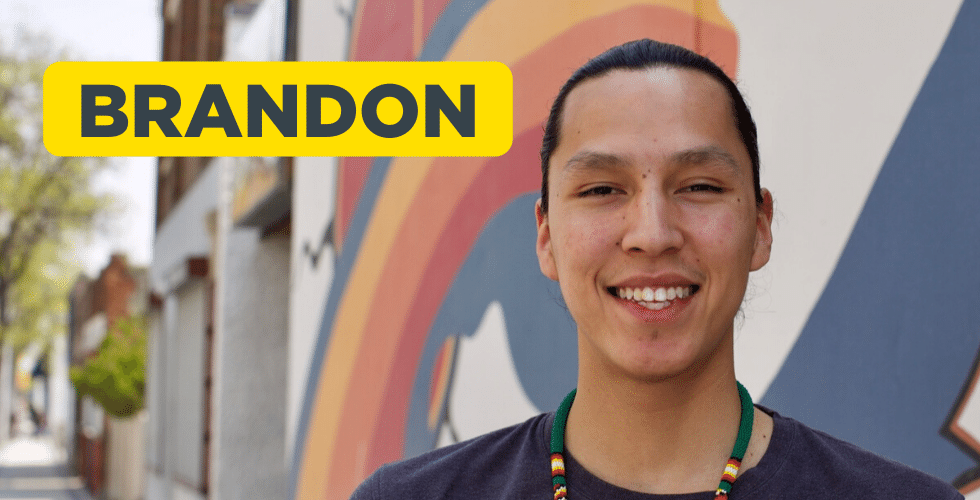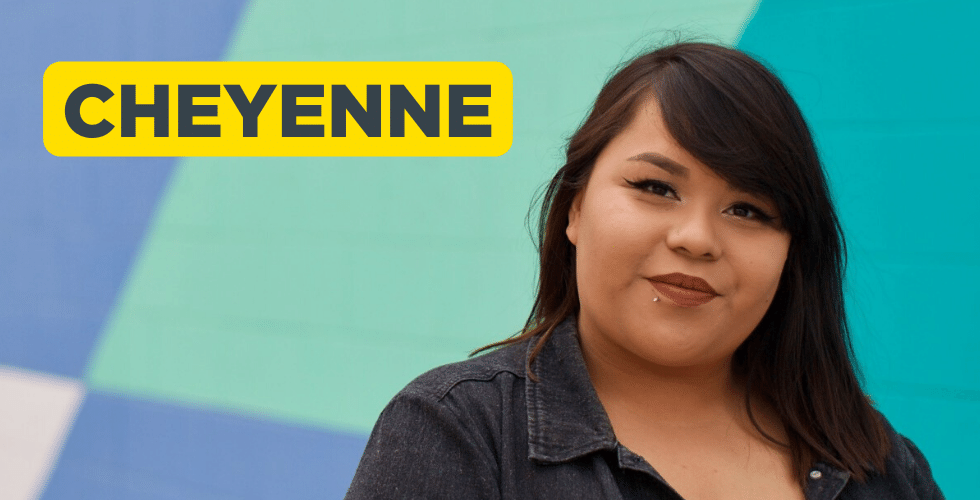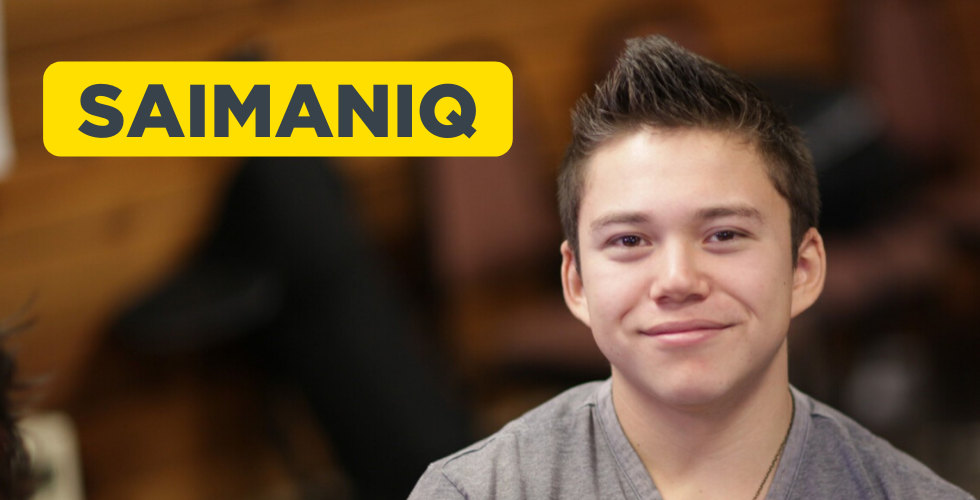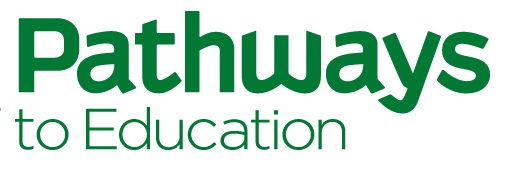For more than a century, Indigenous peoples have faced systemic oppression as a result of colonialism and racism. This has greatly impacted their access to education—particularly education that is culturally appropriate and reflective of their histories, cultures, and languages. When these educational themes are offered, Indigenous students can experience school as a place for cultural affirmation and empowerment.
At Pathways to Education, we are committed to building honourable relationships and partnerships with Indigenous students, families, and communities so that together, we can work to create equal access to opportunities for all students.
A big part of this work includes providing Indigenous youth in the Pathways Program with a sense of belonging—from ensuring Indigenous youth are able to see themselves represented in their Pathways mentors to creating exposure to activities that are specifically designed to promote their culture and identity.
We wanted to introduce you to three Indigenous alumni of the Pathways Program as they share how Pathways helped them embrace their culture and provide a sense of belonging.

I grew up off reserve in Winnipeg and was disconnected from my culture, my language, and my home community, Fisher River Cree Nation. As a kid, I was ashamed for self-identifying as a First Nation person. Hearing other students talk about stereotypes and say racist jokes in elementary and middle school definitely played a big role in this.
I finally took pride in my identity in Grade 10 when I found two supportive organizations: Pathways to Education and the Community Education Development Association (CEDA), who delivers the Pathways to Education Program in Winnipeg.
They got me engaged in my roots by planning field trips to attend sweats, I started to dance at pow wows, I smudged more frequently, spoke to more elders, and participated in drum making, beading, and other cultural activities. As I became more familiar with and connected to my culture, the shame I felt growing up gradually went away.
Pathways to Education was a safe space where I could learn about my culture and history from an Indigenous perspective. It provided me with a place of belonging, growing, and generosity, and I am very fortunate for all the support I received.

From the very beginning, everyone at Pathways made me feel welcomed and included me in whatever they were doing. I felt like I belonged, and that made a huge difference. They understood that I struggled to attend school not because I wasn’t interested or was a ‘bad student,’ but because my social anxiety was often too overwhelming.
Pathways made me feel comfortable attending their program, which in return made me feel safe attending school.
But the truth is that their program goes beyond academic support. It’s a program filled with so much love, friendship, and community, and that’s what makes it important. The staff and tutors would do anything to help you succeed.
They helped me build a resume, they gave me my first job, and when I graduated, they helped me pursue post-secondary education. I don’t know what I would do without them. They’re my second family.

I moved from Kimmirut, a small community in Nunavut, to Kingston when I was 10 years old. Kingston felt like such a big place compared to the Kimmirut. I was a very quiet and shy person, and I ended up developing some anxiety due to the big difference in the way of living.
When I started high school, I sought out support at Pathways. The staff were really supportive, and it gave me a safe space to hang out. Eventually, I started socializing with staff and working on my assignments with them. That encouraged me to start getting more involved in my community.
If I didn’t have that support and mentors to talk to when I needed it during stressful situations, I probably wouldn’t have done as well as I did in high school. And I might not have selected the program I did for college. Pathways helped me realize that I like working with youth and I like helping people the same way Pathways did for me.
—
To hear from other Pathways youth, head to our stories page.
